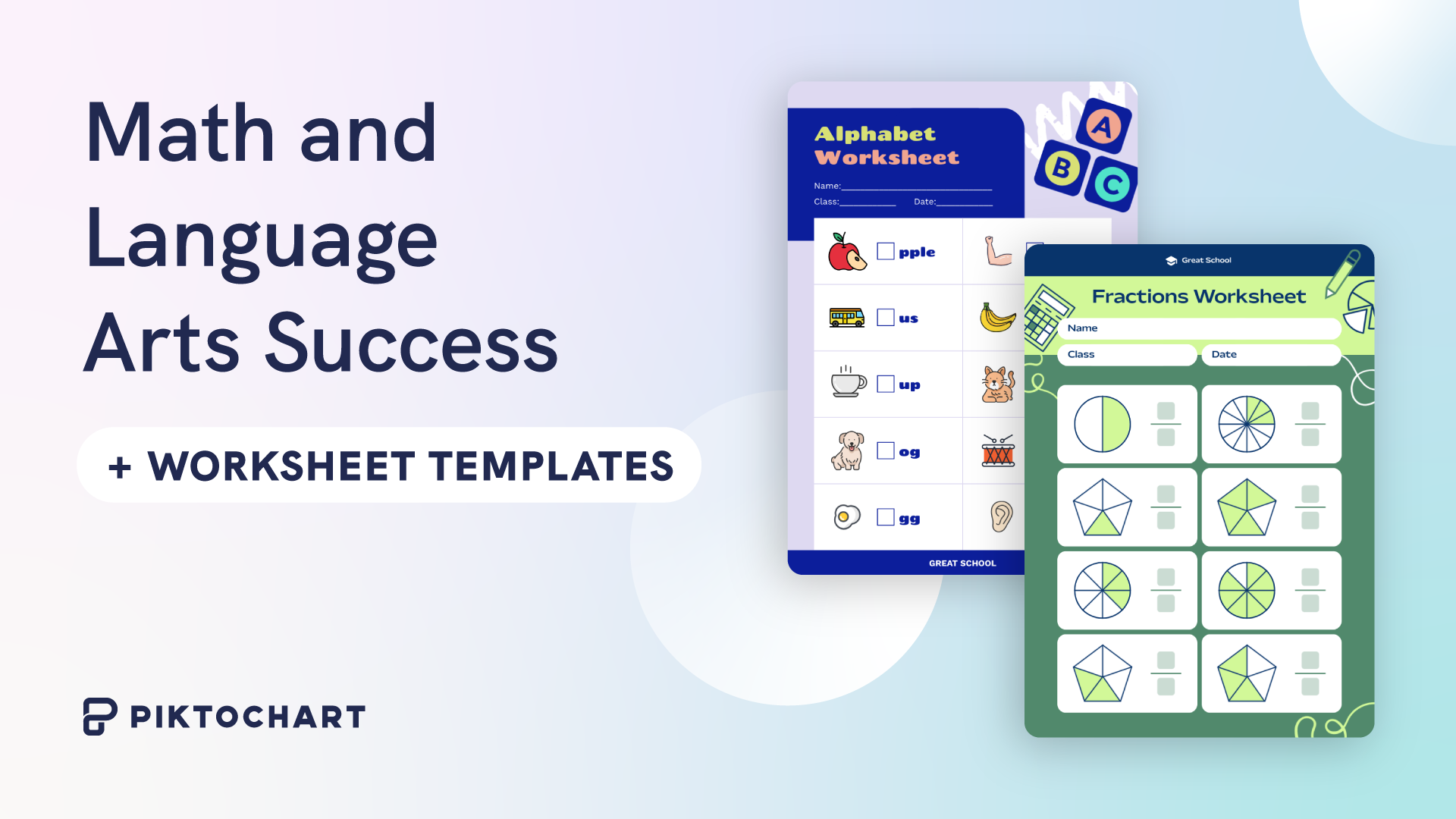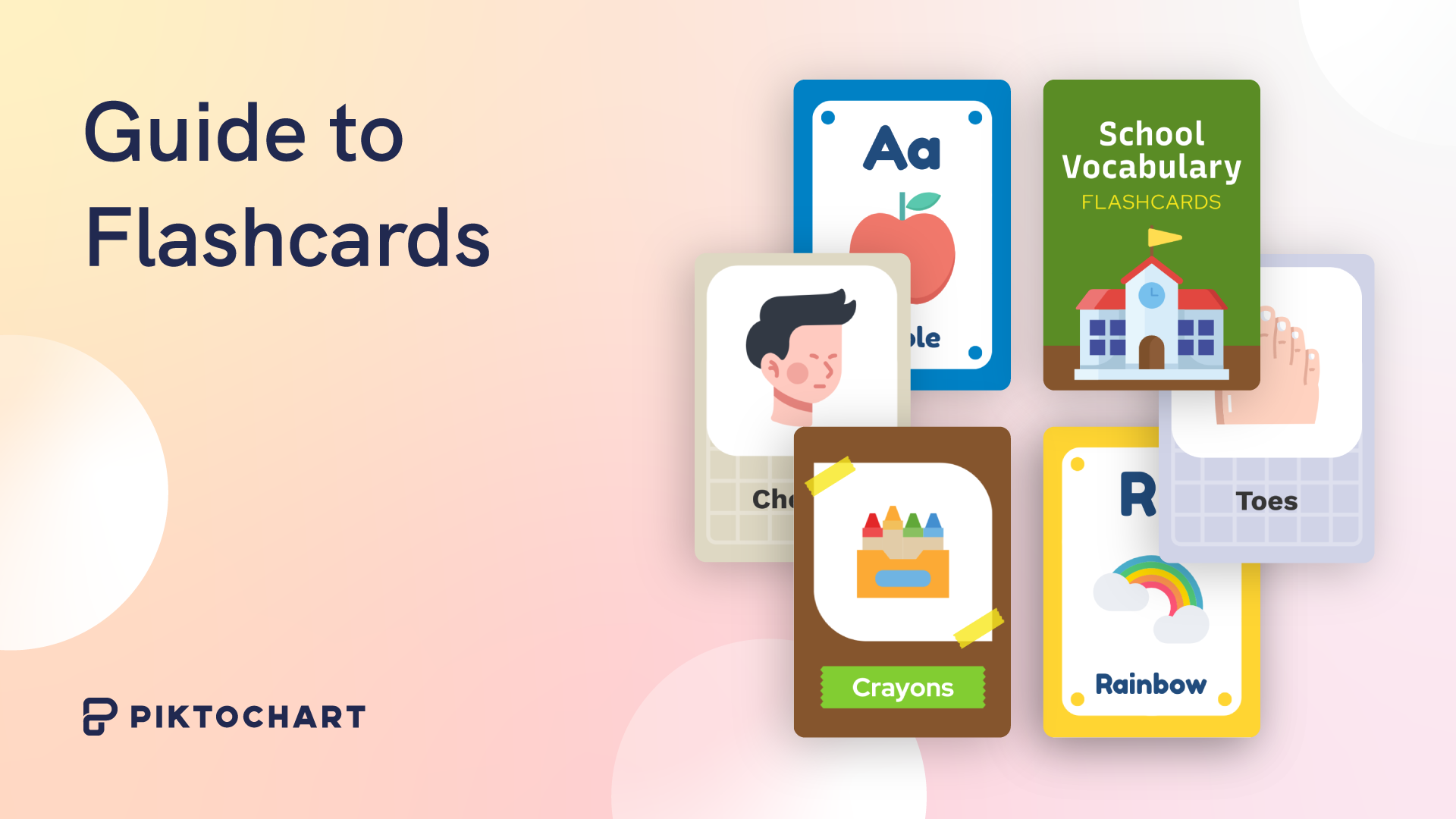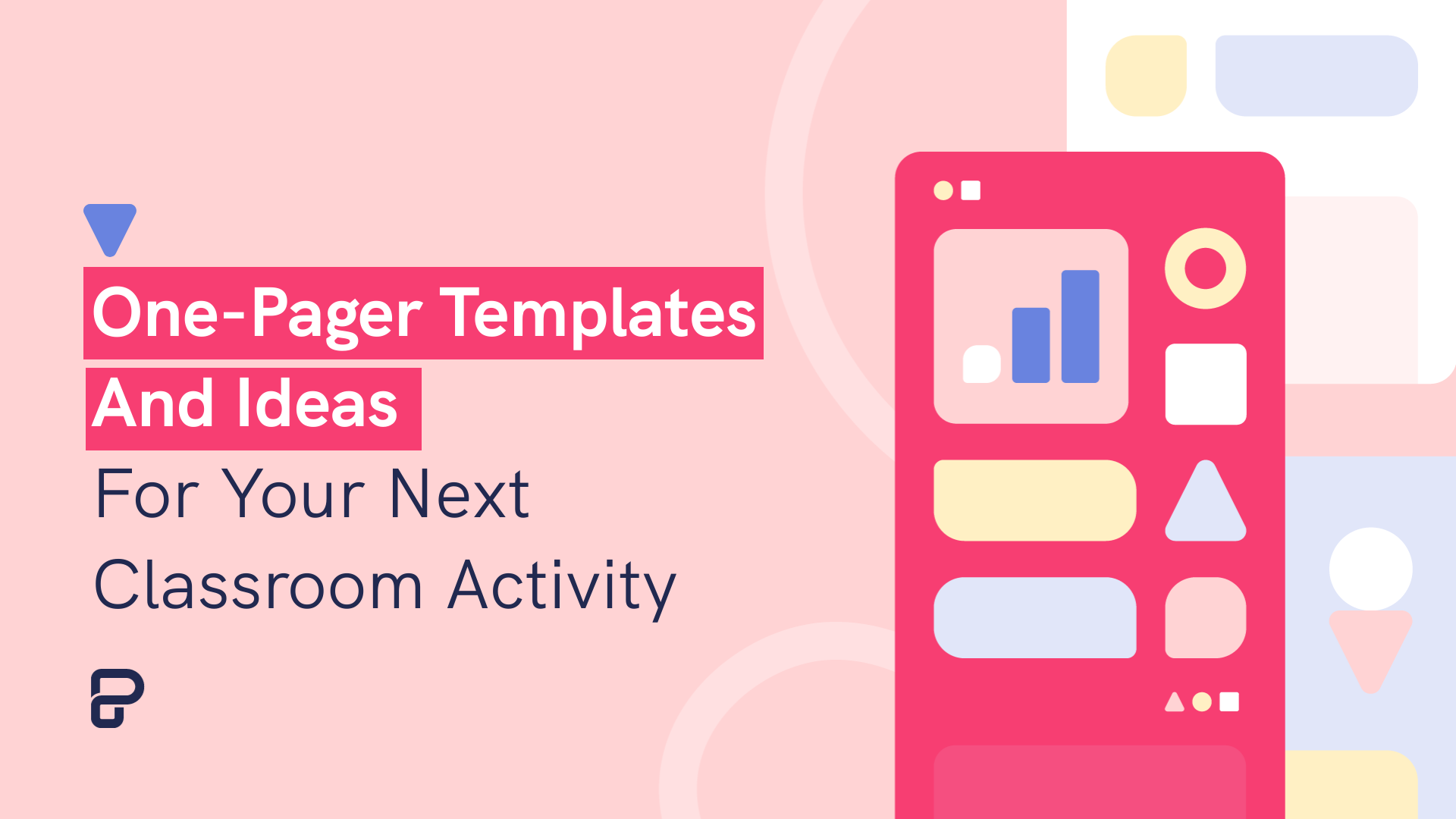Table Of Contents
Hey educators! We know you’re always scouting for fresh, engaging tools that don’t just catch students’ eyes, but also bolster those essential skills.
Well, cue the drumroll… 🥁 Piktochart has got your back! We’ve spent some time researching what works the best and designed math worksheet templates that traverse every grade (K5) and topic.
But wait, there’s more! You can easily customize each worksheet template to tailor it to your class’ distinct learning path. So, they’re not just worksheets; think of them as your trusty sidekicks, championing academic brilliance.
Here’s a basic outline for what can be taught in mathematics from kindergarten to grade 5. Do note that specific topics and pacing can vary based on region, curriculum standards, and individual school policies.
| Grade Level | Key Mathematics Concepts |
| Kindergarten | – Number recognition (0-20) – Basic counting – Simple addition & subtraction using objects – Shapes & patterns – Measurements using basic terms (e.g., long/short) |
| Grade 1 | – Numbers up to 100 – Basic addition & subtraction (up to 20) – Introduction to place value (tens & ones) – Basic geometry (2D shapes) – Time (hours & half-hours) |
| Grade 2 | – Numbers up to 1,000 – Addition & subtraction (up to 100) – Introduction to basic multiplication (using arrays & repeated addition) – Basic money concepts – Time (to the nearest 5 minutes) – Introductory fractions (1/2, 1/3, 1/4) |
| Grade 3 | – Multiplication & division basics – Numbers up to 10,000 – Understanding fractions (as part of a whole) – Measurements (length, weight, volume) – Geometry (basic properties of 2D & 3D shapes) |
| Grade 4 | – Multi-digit multiplication – Division with remainders – Factors & multiples – Fractions (addition, subtraction & equivalent fractions – Decimals (tenths & hundredths) – Geometry (angles & lines) |
| Grade 5 | – Multi-digit division – Fractions (multiplication, division & converting to decimals) – Introduction to basic algebraic concepts (e.g., solving for x) – Geometry (volume, properties of shapes) – Coordinate planes – Introduction to basic statistical concepts (mean, median, mode) |
This table is a general guideline, and the exact topics covered might differ based on various curricula. Always consult specific educational standards and guidelines for detailed information.
You can also jump right into creating class schedules, worksheets, roadmaps, and presentations with Piktochart for free. Get started by signing up.

Free printable math worksheets







Here’s a basic outline for what can be taught in English Language Arts (ELA) from kindergarten to grade 5. Remember, specific topics and pacing can vary based on region, curriculum standards, and individual school policies.
| Grade Level | Key ELA Concepts |
| Kindergarten | – Letter recognition & sounds – Basic sight words – Introduction to rhymes and repetitive texts – Beginning phonics & decoding – Simple sentence structure – Listening comprehension |
| Grade 1 | – Phonics & word recognition – Reading fluency for simple sentences – Introduction to narrative & informational texts – Basic writing (complete sentences) – Basic grammar (nouns, verbs) – Beginning spelling & vocabulary building |
| Grade 2 | – Advanced phonics & decoding skills – Reading comprehension for short stories & texts – Introduction to basic writing structures (beginning, middle, end) – Grammar (simple punctuation, plurals, pronouns) – Spelling patterns & high-frequency words |
| Grade 3 | – Reading for deeper comprehension (making inferences, drawing conclusions) – Introduction to varied genres (poetry, drama) – Writing structured paragraphs – Advanced grammar (compound sentences, conjunctions) – Vocabulary expansion & context clues |
| Grade 4 | – Reading and analyzing longer texts – Writing multi-paragraph compositions – Grammar (complex sentences, verb tenses) – Introduction to research skills – Vocabulary in literature & informational texts – Analyzing themes & main ideas in readings |
| Grade 5 | – Critical reading (comparing & contrasting texts, analyzing characters) – Advanced writing (essays, narratives) – Grammar (perfect tenses, prepositions, interjections) – Research projects & referencing – Expanding vocabulary & figurative language – Public speaking & presentation skills |
This table is a general guideline, and the exact topics covered might differ based on various curricula. For more detailed information, it’s advisable to consult specific educational standards and guidelines.

Free Language Arts, Phonics, English worksheets













Wrapping up, these are more than just pretty visuals. We’re as passionate as you are about propelling education forward, one creatively crafted template at a time.
Dive into these game-changing worksheet designs and experience the magic firsthand. Here’s to making your math skills and language arts pop, to illuminating those “aha!” moments!




